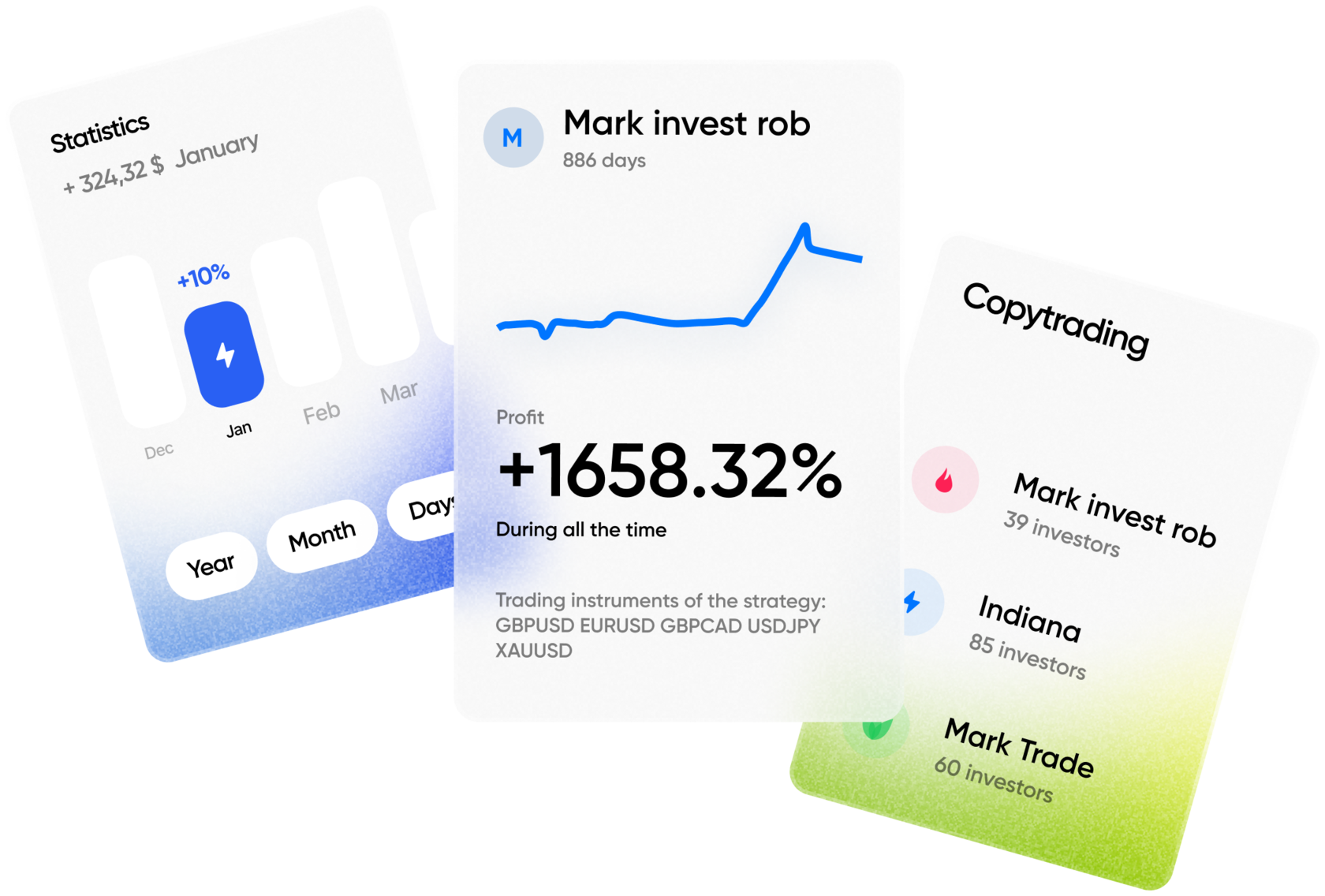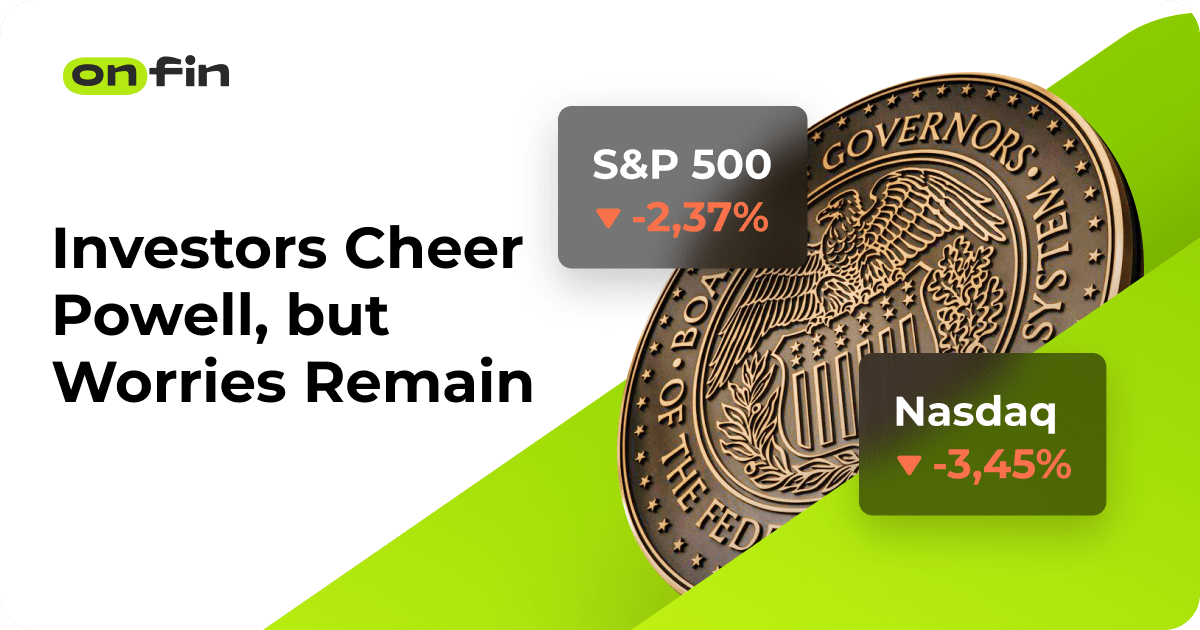U.S. stock indices ended Friday’s trading with gains following a speech by Federal Reserve (Fed) Chairman Jerome Powell. However, despite the positive sentiment at the end of the week, overall markets experienced their worst weekly performance in recent months, according to Reuters. Investors closely followed Powell’s remarks, trying to gauge the Fed’s future policy amid ongoing trade disputes.
Powell emphasized that current economic conditions remain favorable, but the Fed does not plan to rush into cutting interest rates. He noted that inflation is under control, but the regulator will continue analyzing macroeconomic indicators to make well-informed decisions. According to him, the Fed is focused on long-term economic stability rather than short-term market fluctuations.
Over the week, the S&P 500 index lost 3.1%, marking its most significant decline since last September. The S&P 500 (-2.37%) and Nasdaq (-3.45%) ended the week lower, continuing a downward trend for the third consecutive week. This is the longest losing streak since mid-2024, raising concerns among investors.
Amid the release of U.S. labor market data, investors received mixed signals. In February, employment levels increased compared to January; however, the unemployment rate also rose to 4.1%. This has sparked new concerns about economic resilience and potential growth slowdowns. As a result, analysts at Morgan Stanley and Goldman Sachs revised their U.S. GDP growth forecasts downward.
At the same time, U.S. trade policy remains a key source of uncertainty for the markets. On Thursday, former President Donald Trump announced a four-week delay in the implementation of tariffs on imports from Mexico and Canada. However, the trade standoff with China remains unresolved. New reciprocal tariffs and trade restrictions are expected to take effect in the coming weeks, which could exert additional pressure on American companies operating in international markets.
Experts note that trade conflicts and Fed policy will be the key factors shaping market movements in the coming months. Investors continue to monitor official statements and analyze macroeconomic indicators to assess the stability of the current economic situation and its potential impact on corporate earnings and future market trends.







